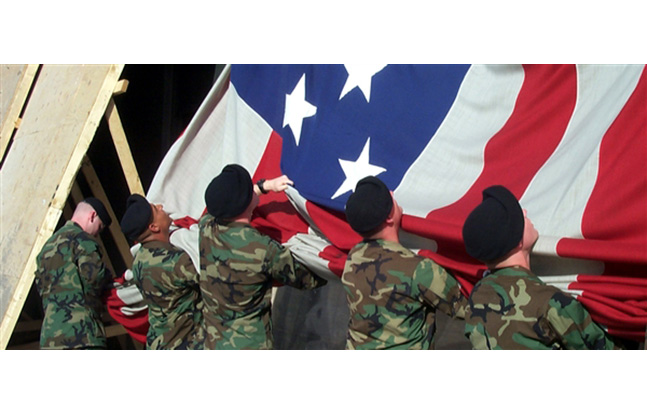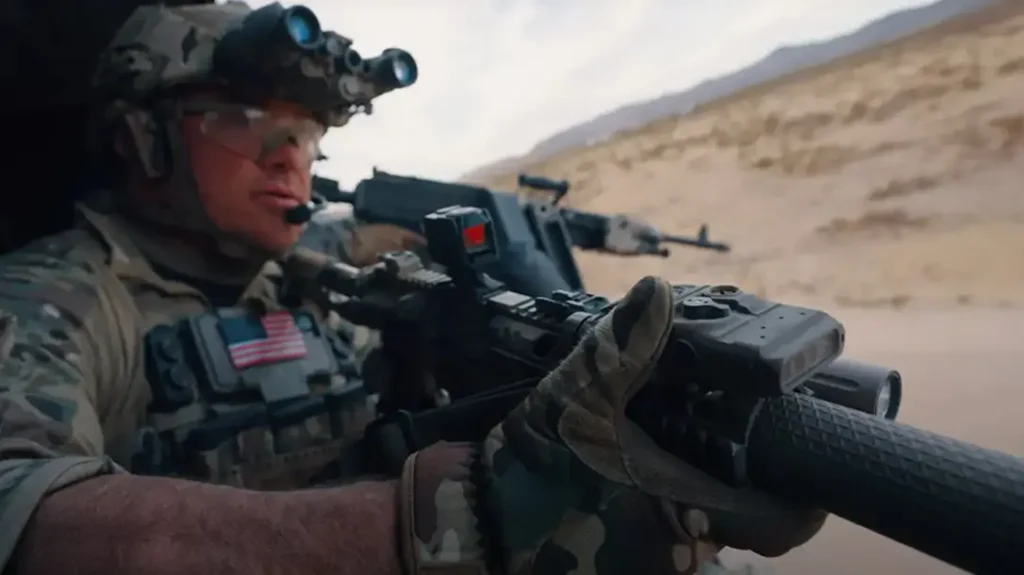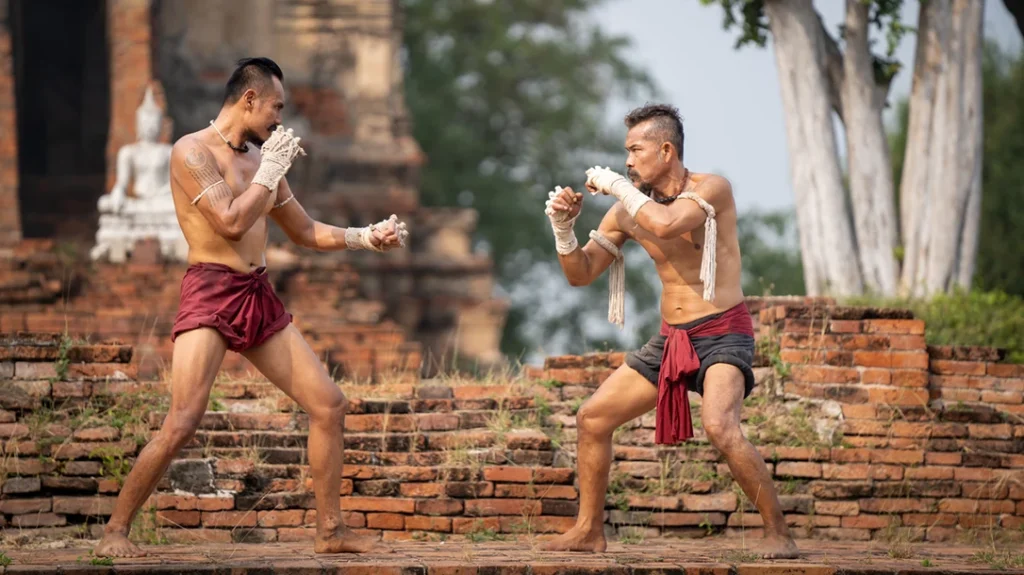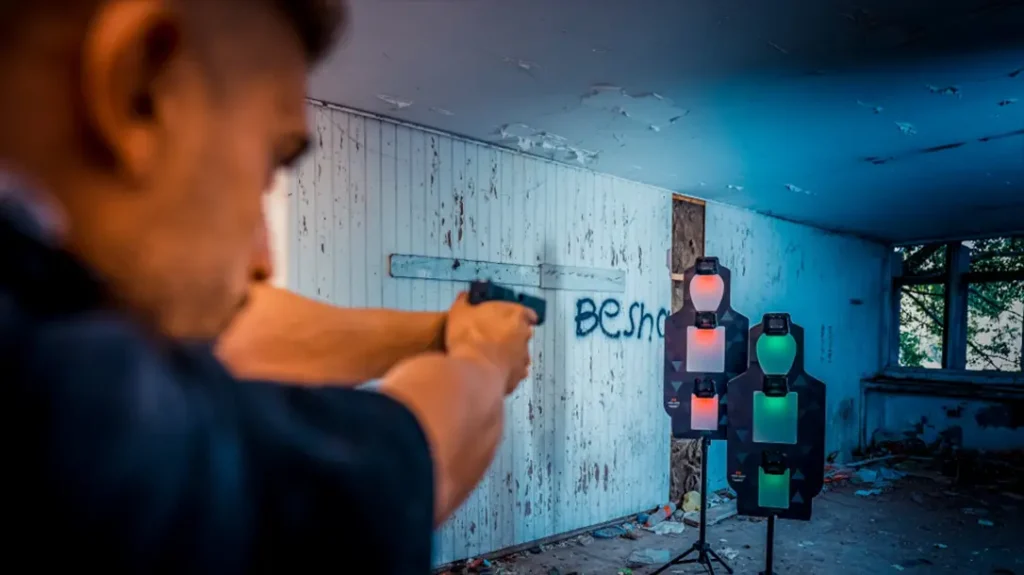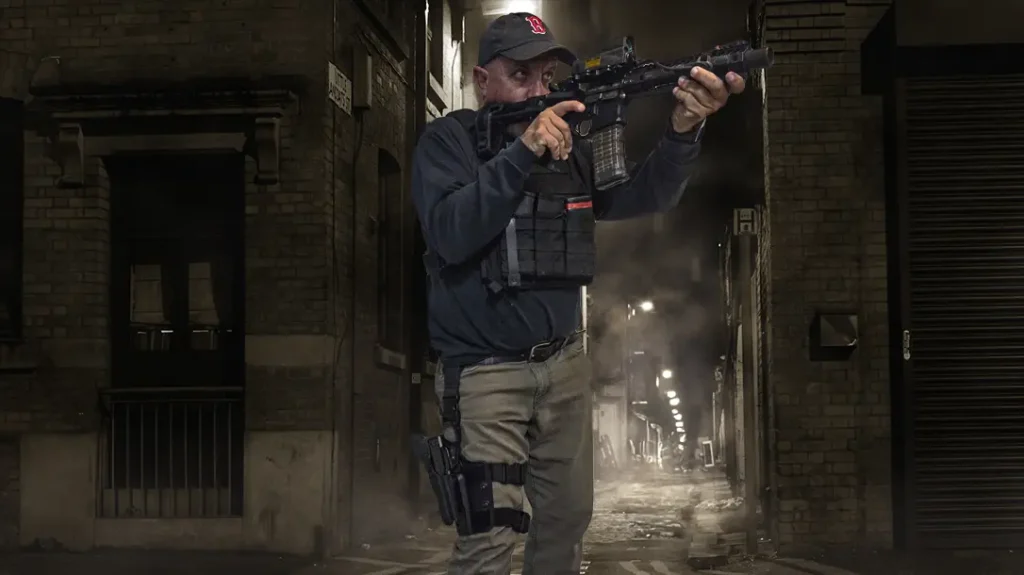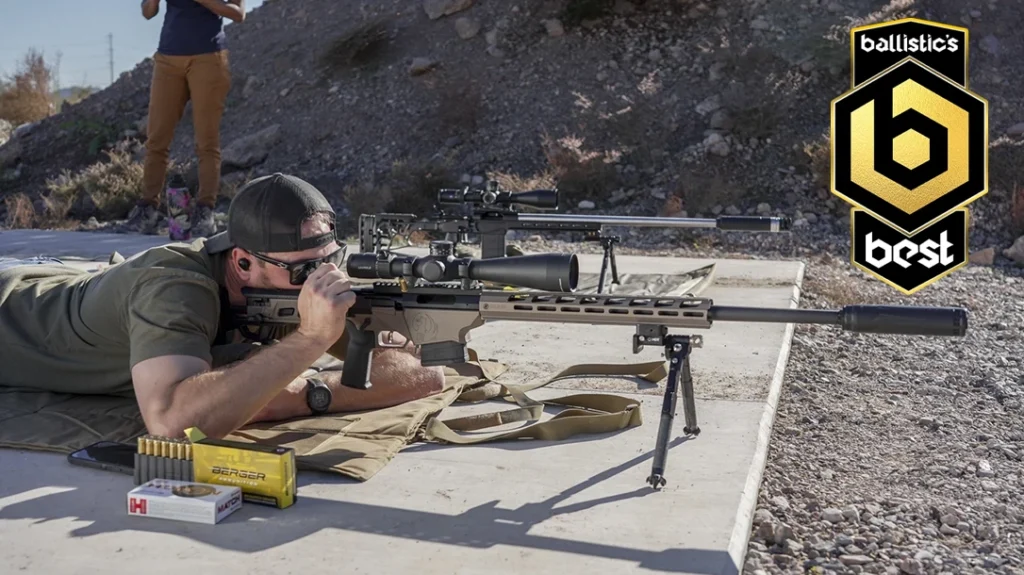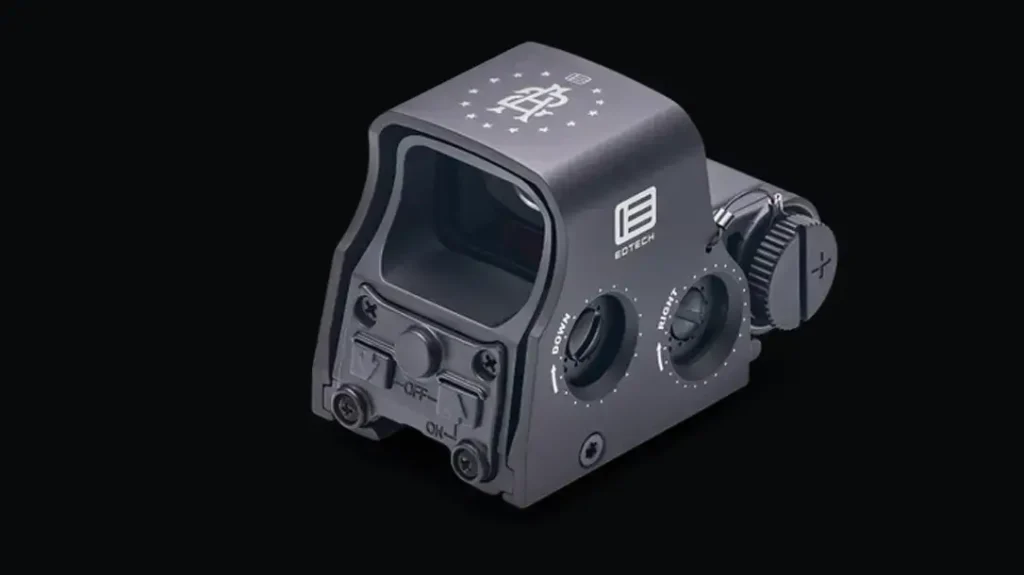The following story on 9/11 is from Jim Garamone of the Department of Defense:
Anyone who saw the American flag unfurled at the Pentagon on Sept. 12, 2001, knows how Francis Scott Key felt two centuries ago when he was inspired to write “The Star-Spangled Banner.”
The day after the terrorist attack on the Pentagon, the scene was still chaotic. Only essential military and civilian workers were required to come to the building. Parking was at Reagan-National Airport, as all U.S. airspace was still closed. As employees got off the Metro train, Pentagon police stood with weapons examining everyone’s badge. Those without a Pentagon ID were told to keep traveling on. The conversation in the building was about friends who remained missing.
Advertisement — Continue Reading Below
At the site, firefighters were putting out the final embers that were burning in the roof. Then word came that President George W. Bush wanted to see the damage to the Pentagon himself.
Garrison flag
No one knows who originally came up with the idea for unfurling the flag to the right of the damaged areas on the building, but Army Maj. Gen. Jim Jackson, then the Military District of Washington commander, made it happen.
Advertisement — Continue Reading Below
He sent over to nearby Fort Myer, Va., for the largest flag they could find. The U.S. Army Band had a garrison flag the largest authorized for the military and sent it over.
During Bush’s visit to the impact site, 3rd Infantry Regiment soldiers and Arlington, Virginia, firefighters unveiled the flag and draped it over the side of the building. Then they stood and saluted.
It was a moment that quickened the heart. The United States had been attacked, the Pentagon had been hit, friends were gone, thousands were killed in New York and Pennsylvania, yet the American flag still flew.
Advertisement — Continue Reading Below
That flag signified the unconquerable nature of the American people. Those inside the building already were preparing to take the battle to the attackers and bring them to justice.
The flag flew on the side of the building for the next month. Each night, workers illuminated it with floodlights. Members of A Company of the 3rd Infantry Regiment — “The Old Guard” — took the flag down Oct. 11.
A treasured symbol
Advertisement — Continue Reading Below
The flag is soot-stained and ripped at one spot where it rubbed up against the building. It now is in the care of the Army’s Center of Military History.
It is treasured as the 9/11 generation’s Star-Spangled Banner, because they, like Francis Scott Key during the British attack on Baltimore in 1814, looked to the flag for inspiration and comfort.
